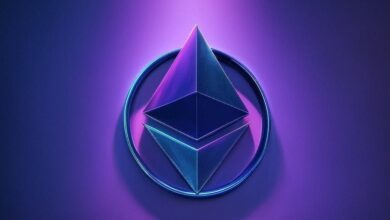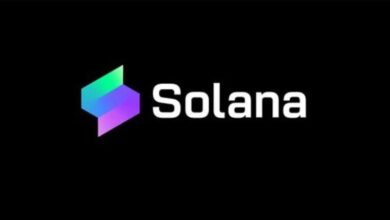Roxe Chain develops algorithmic Central bank stable coin

Roxe Chain Foundation Limited (“RCF”), a Singapore non-profit that owns and operates the Roxe Chain blockchain, has announced its plans to debut DO (pronounced “dough”), the world’s first algorithmic central bank stablecoin native to a fully decentralized economy, and the Roxe Payments Protocol. DO is an algo stablecoin with no fiat attribute that is designed to solve the intermediate currency problem in cross-border payments and operates on the new Roxe Payments protocol (“RPP”). Enabled by the Daollar protocol, the DO family of stablecoins is designed to provide better price stability than existing fiat and digital asset-backed stablecoins.
While many fiat and digital asset-backed stablecoins on the market today use blockchain technology, none are a completely decentralized, algorithmic stablecoin based on a central bank model. For example, USDC is a stablecoin backed by the U.S. dollar, a centralized asset, and DAI is a stablecoin collateralized by assets from other systems. AMPL is a blockchain-native currency, but its expansion and contraction is based on prices fed from centralized information sources. Such stablecoins that are dependent on outside economic systems cannot be considered fully decentralized.
“The DO family of stablecoins aims to solve the vexing problem of digital asset price volatility,” said Leo Sun, Director of Roxe Chain Foundation, “We believe the solution to this problem lies, in part, in creating a completely decentralized economy powered by blockchain, which is lacking in today’s market. We aim to make DO a fundamental component of the DeFi world.”
The Daollar protocol is the world’s first truly stable, algorithmic stablecoin protocol native to a completely decentralized, blockchain economy. Using its smart contract algorithm to adjust the supply and demand of DO, the Daollar protocol maintains DO’s price stability. The DO stablecoin is designed to function like part of a national economic system, where a central bank adjusts inflation and deflation according to market supply and demand. DO has fully on-chain governance, its own economic system, and is issued by RCF.
Daollar’s operating mechanism relies on the combined action of three tokens: DO, ROC, and the stablecoin Roxe USD, called roUSD. Value can be transferred seamlessly between these three tokens. Roxe Cash, called ROC, is the governance token of Roxe Chain, the infrastructure of third-party value transfer applications like Apifiny Inc.’s Roxe Global Instant Settlement Network (“Roxe network”).
Roxe Reserve (“RR”), which is managed by the Roxe Chain Foundation, is a set of smart contracts that is used to reserve roUSD, ROC and DO, and to issue DO and help manage its price stability similar to a central bank model. The roUSD stablecoin will be anchored 1:1 with USD or a trustworthy stablecoin.
The new Roxe Payments Protocol will allow any individual, business, payment platform, or bank to make instant cross-border payments. It consists of the following functions enabled by the Roxe Payment protocols: An instant peer-to-peer (P2P) payment service integrated with an automatic market maker (AMM) that also allows users to transfer, buy, and sell crypto and fiat assets, An investment tool to earn more crypto assets by providing liquidity. Pool supports trading pairs ETH/DO, roUSD/DO, roBTC/DO, USDT/DO, USDC/DO and aims to support all major cryptocurrencies and a service to earn rewards by providing liquidity and to check the liquidity of each community pool.





